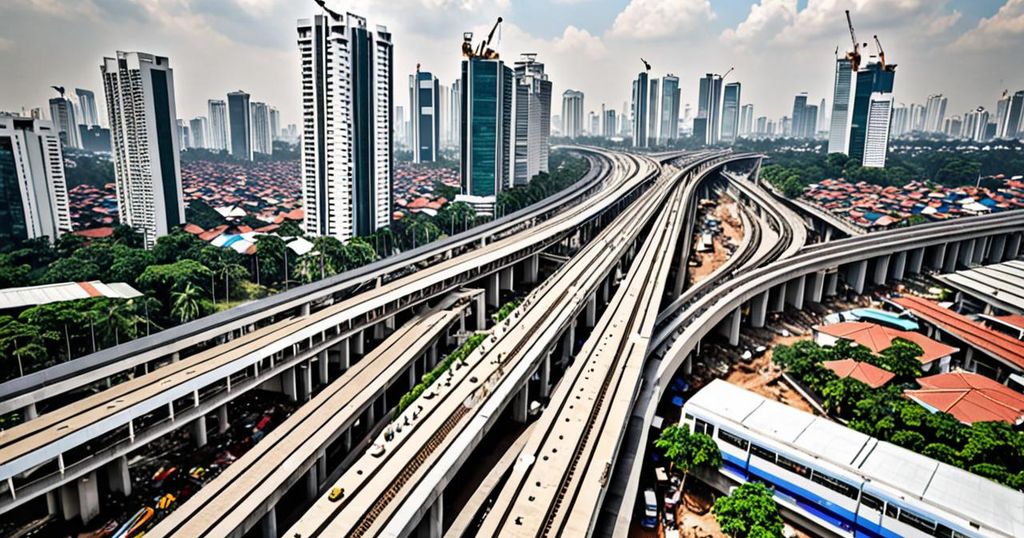The necessity for enhanced transportation in the rapidly urbanizing city of Jakarta has propelled the establishment of the mass rapid transit (MRT) system by the Japan Bank for International Cooperation (JBIC). With a population exceeding 10 million, Jakarta is confronted with significant air quality issues and elevated transportation expenses for its inhabitants. The MRT initiative, initiated in 2013, presents valuable insights into urban development and transportation infrastructure.
The MRT project in Jakarta, supported by concessional loan agreements with JBIC, is structured to address the city’s urgent transportation requirements. The corporate framework of the project, predominantly owned by the capital’s provincial government, guarantees local oversight and knowledge transfer to optimize the possibilities for technology transfer. Additionally, meticulous attention was devoted to environmental considerations and harmonization with other public transportation systems during the initial planning stage.
Two pivotal urban development paradigms, transit-oriented development (TOD) and land value capture (LVC), have been central to the project. The TOD strategy merges public transit with commercial and residential areas to diminish private vehicle usage and urban sprawl, while the LVC framework focuses on revenue generation through escalated property values and taxation. Both concepts are increasingly embraced by major multilateral development banks and have been effectively integrated into the MRT initiative.
The MRT’s viability is strengthened by income sources from non-fare avenues such as advertising and retail space rentals within stations. While fare revenue alone is projected to cover only a small portion of the project’s expenses, these alternative income streams are vital for its financial sustainability. The economic internal rate of return on the project is anticipated to be substantially higher than the financial internal rate of return, emphasizing the extensive non-financial advantages and external factors linked with the MRT.
Elevated political support, notably from outgoing President Joko Widodo, has been pivotal in propelling the MRT initiative. For President Widodo, the MRT represents a personal legacy project symbolizing advancement for Indonesia. Despite some setbacks arising from regulatory challenges and legal concerns, the completion of the project’s north-south lines and plans for the east-west route indicate noteworthy progress and potential for future expansion.
The success of the MRT initiative will be gauged not only by its impact on Jakarta but also by its potential to influence the development of similar transportation systems in other urban locations. The duplication of successful transportation infrastructure models in developing nations epitomizes the ultimate triumph for large-scale projects like the Jakarta MRT.
In summary, the experiences garnered from the Jakarta MRT initiative offer valuable perspectives into urban development and transportation infrastructure. The project’s incorporation of TOD and LVC frameworks, together with its financial sustainability and elevated political endorsement, positions it as a model for future transportation endeavors in Jakarta and beyond. The Jakarta MRT serves as a compelling illustration of effective urban planning and development in the context of a swiftly expanding and evolving city.

Leave a Reply